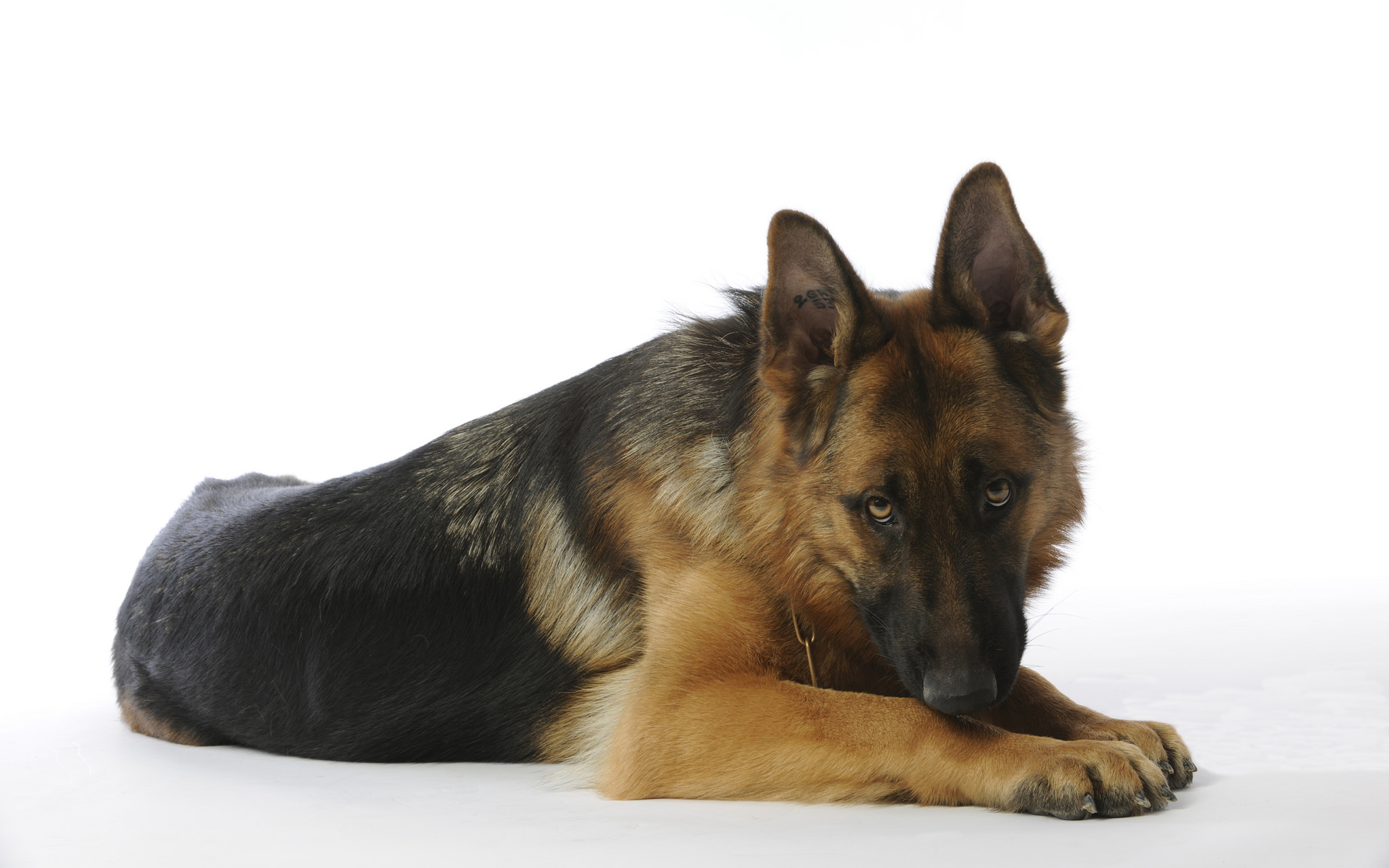La hip dysplasia in dogs it is a very frequent condition; very often our 4-legged friends present trouble walking, climbing stairs or jumping in the car and even have obvious difficulties in chasing a running ball.
How do we know what the problem is?
Definitely if an animal has any difficulty in movement, È necessario apply for a veterinarian, to evaluate the problem, the severity and any treatments to be performed to solve or manage this difficulty.
What is meant by dysplasia?
Dysplasia is a joint deficit which may affect theanca (coxofemoral articulation) but also the elbow (humero-radio-ulnar articulation). As for hip dysplasia, which is the most frequent, the problem is caused by the malformation of the femoral head, which does not adapt properly to the cavity of the pelvis that should welcome it allowing its movement. This malformation causes gods very serious damage to articular cartilages, hesitating in dysfunction of the movement of the legs and pelvis, with pain and skidding very evident in the more advanced stages.
Can it affect all dogs?
Of course yes, dysplasia can affect all dogs, even if not of breed, especially if of medium and large size. However, there are some breeds particularly predisposed, for which the choice of families without dysplasia is always recommended, to avoid encouraging the reproduction of individuals who are carriers and unfortunately able to transmit to their puppies the predisposition to this pathology which can significantly reduce the quality of life of the animals. Among the most predisposed breeds, the German shepherd and labrador, although the pathology is very frequent in boxer, cocker and in many other breeds.
How is it diagnosed?
Pathology becomes evident already in the first months of life of the puppy, in fact the onset is maximum between 4 and 12 months of life, although later cases cannot be excluded, around 2 years of age. At the first symptoms of extra, difficult walking, rabbit racing (with paws paired), various difficulties when getting into the car or climbing stairs, it will be important lead our furry friend to the vet, where manipulations will be carried out to prove the difficulties of movement of the joint, and to exclude other concomitant pathologies, to then carry out a diagnostic confirmation with x-rays under joint effort, for which it is necessary to contact authorized veterinary clinics. Depending on the picture found with manipulations and radiographs, hip dysplasia can be classified into normal, light, medium or severe by severity.
What therapies can be performed?
Le therapies conservative, pharmacological and / or surgical, depending on theage of the animal, of his health state and the possibilities of the owners, the surgical approach being quite expensive. Conservative therapy involves weight reduction of the animal, a change in his lifestyle eliminating short and acute efforts, preferring slow and frequent walks and even better swimming even in veterinary physiotherapy centers. There pharmacological therapy provides for the use of anti-inflammatory drugs and fortunately to date, natural products useful for keeping cartilage healthy and ensuring a good anti-inflammatory and pain-relieving action without the side effects of the drugs, useful instead in very serious stages. Among the natural supplements, products based on green mussel or pure krill oil, rich in omega3 with a strong anti-inflammatory action, but also of herbal therapies such as Boswellia, indicated for its great anti-inflammatory action, or the Claw of the devil as a useful component in reducing pain.
These oral therapies can be assisted by theuse of local products, with reduced side effects and less stress for the animal.
La surgical therapy provides various types of surgery, some palliative (such as amputation of the head of the femur), others reconstructive (to better align the joint), others still substitutes (such as for example the hip prosthesis).
Can my dog live well even with dysplasia?
Certainly hip dysplasia is one serious pathology, but fortunately ad today there are many behaviors useful to reduction of disease progression and maintaining a good quality of life. In the case of dysplasia diagnosis, it is recommended to administer cyclically but throughout the life of the animal natural supplements based on green mussel or krill oil, alternating them, depending on the possible presence of pain, to supplements with anti-inflammatory plant principles / natural painkillers, as well as book swimming courses or veterinary physiotherapy to help the animal reduce the progression of the disease and maintain its healthy weight with the help of perhaps a balanced and low-fat diet!
Dr. Paola Zintu, veterinarian
Union BIO recommends the use of TRAUMA DOG, an all natural gel based Arnica, Acacia ed Devil's claw. Being a natural productTrauma dog can help us daily management of our animal, in presence of swelling and pain. The devil's claw is a plant known for its pain-relieving properties, while theArnica for its powerful anti-inflammatory action which is therefore able to relieve joint and post-traumatic pain.
Photo: Ajith kumar



















